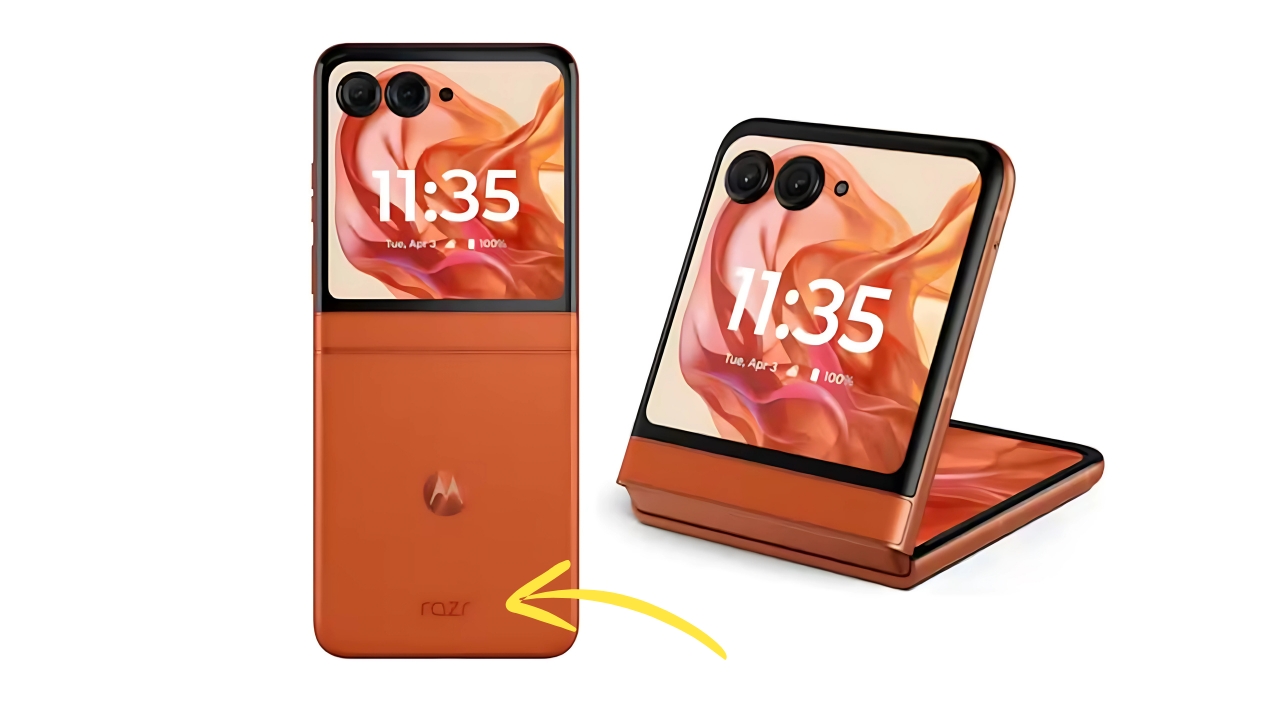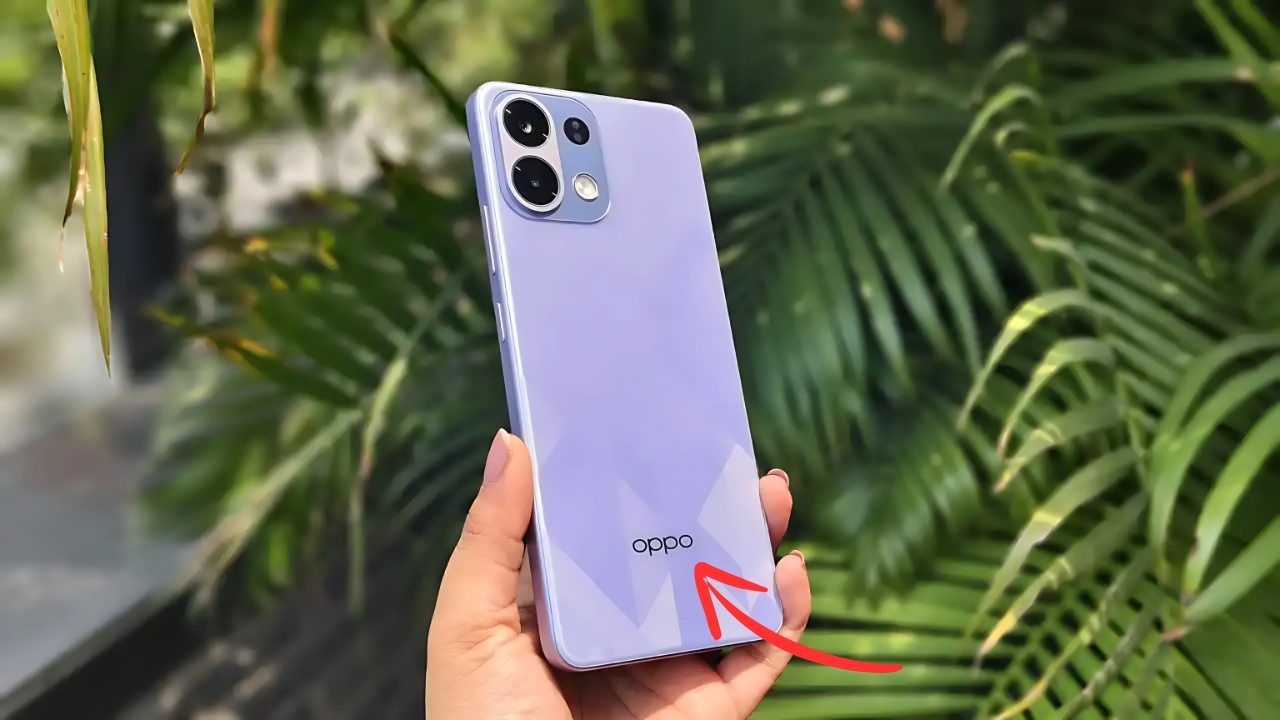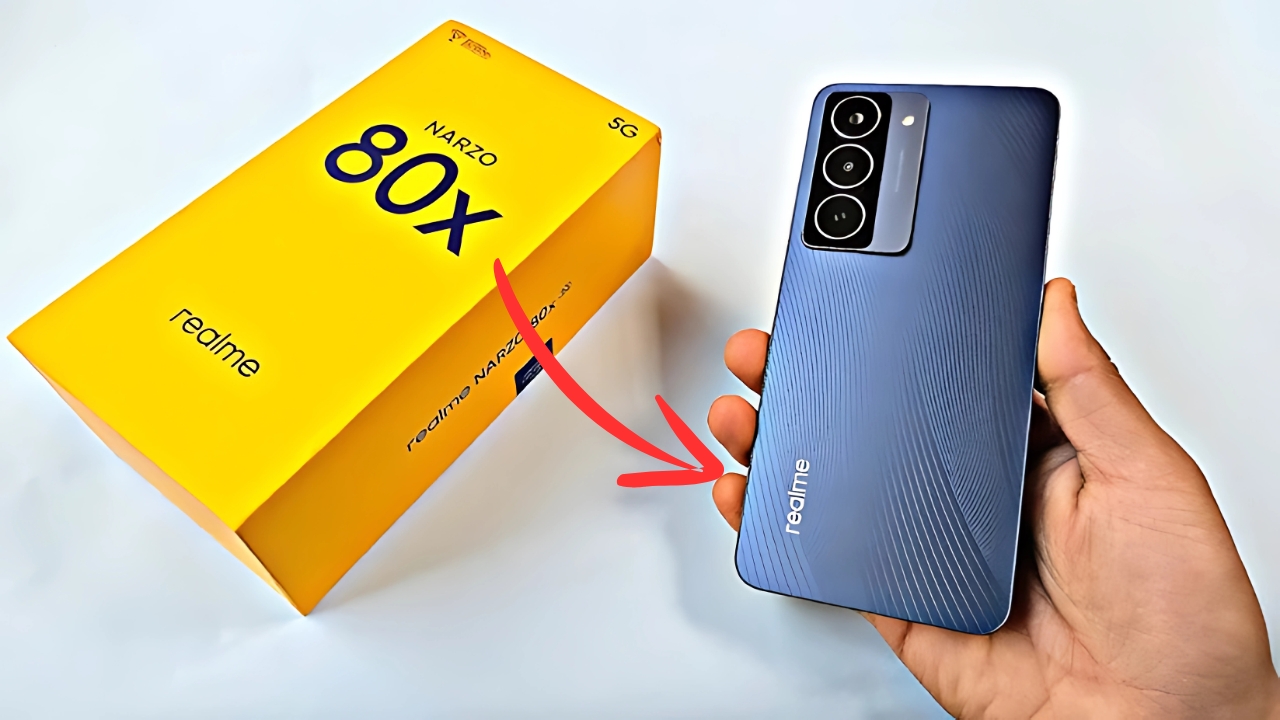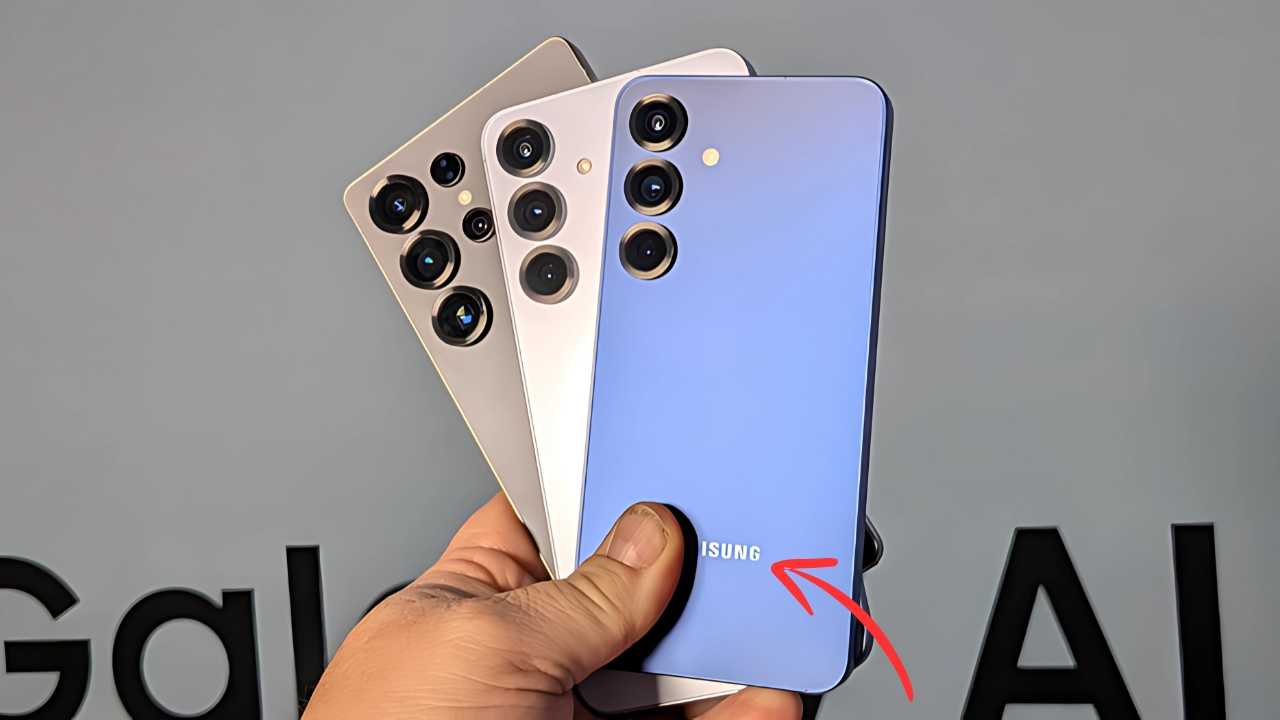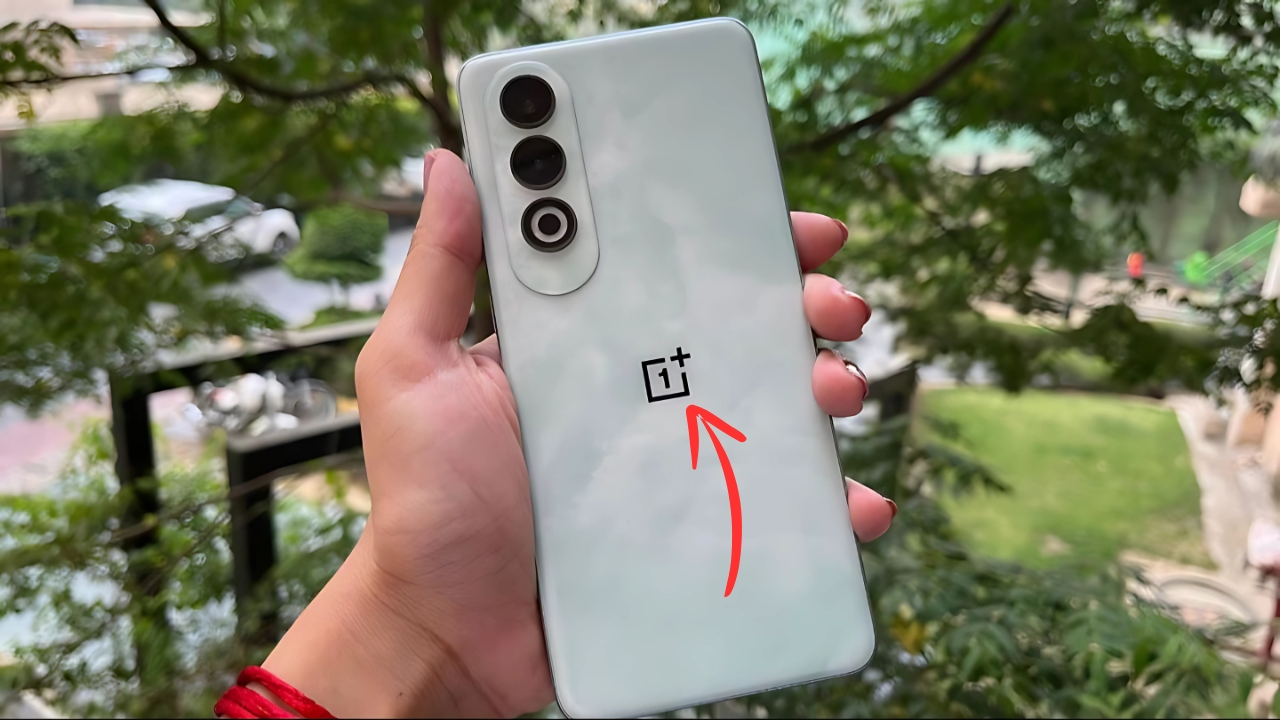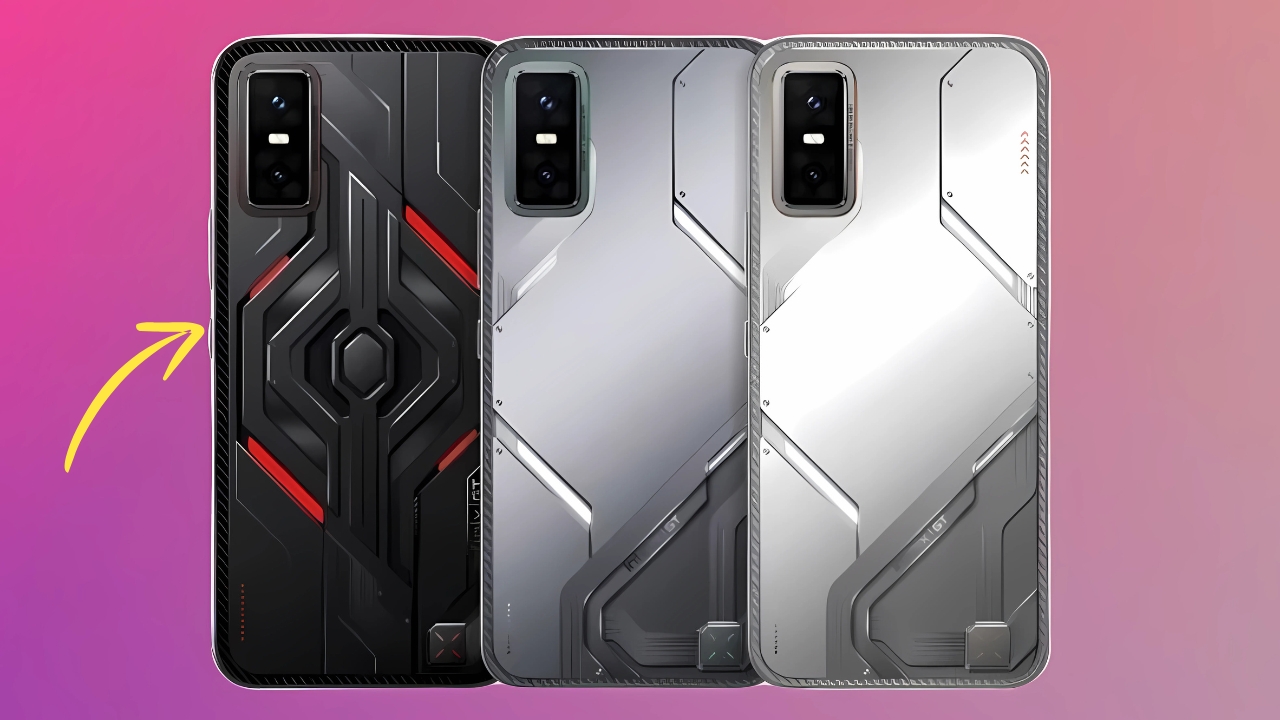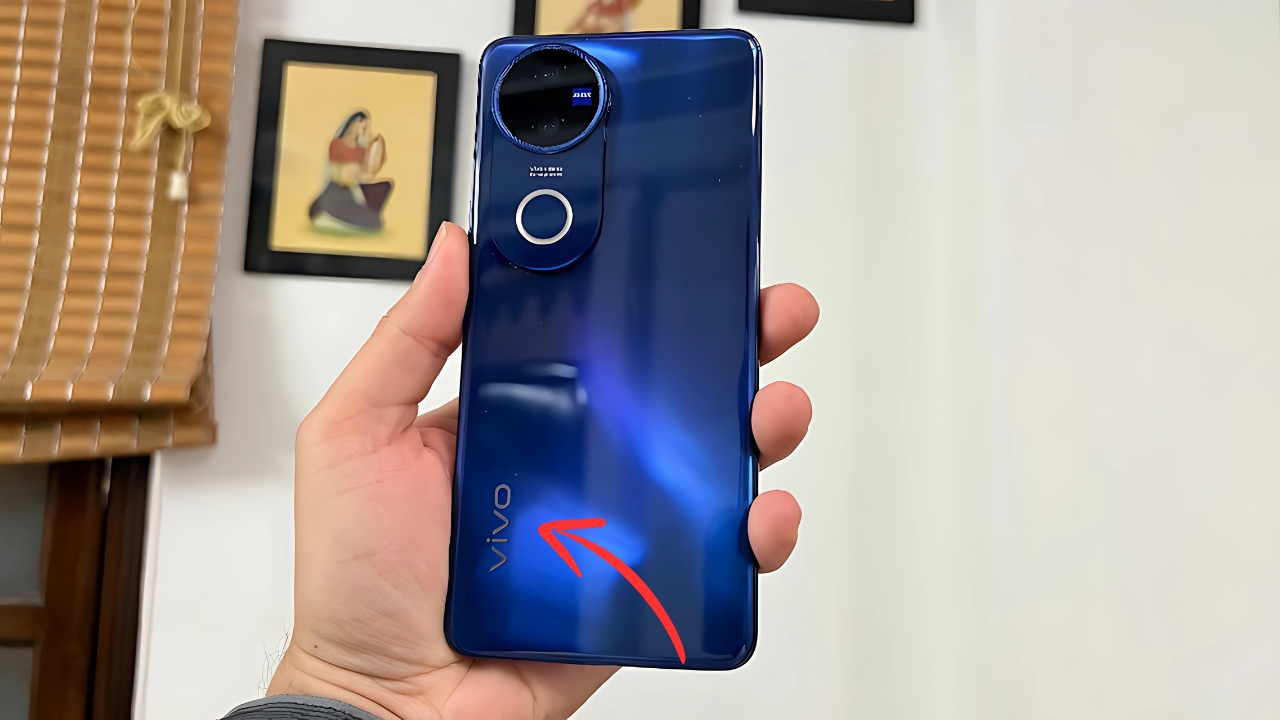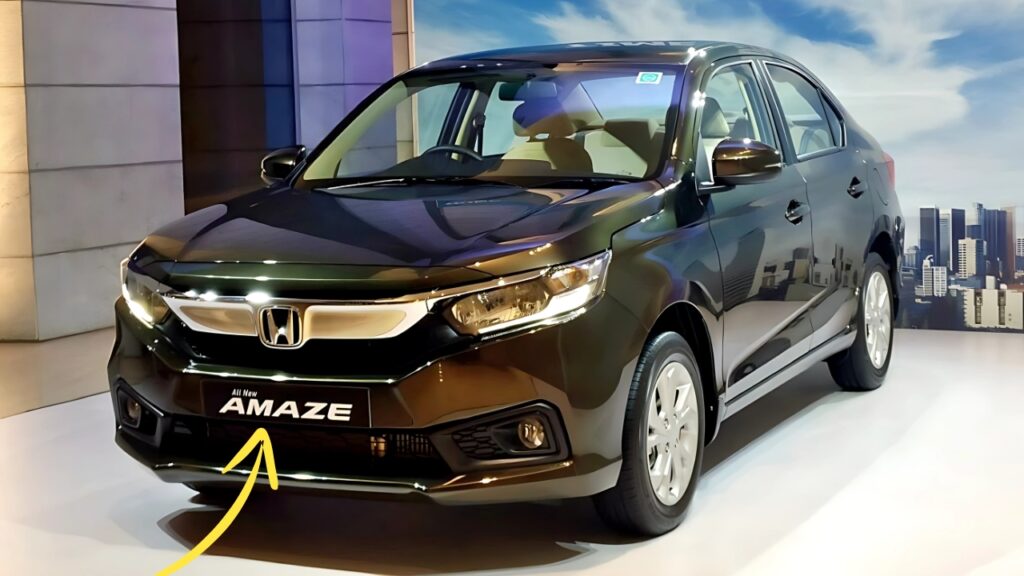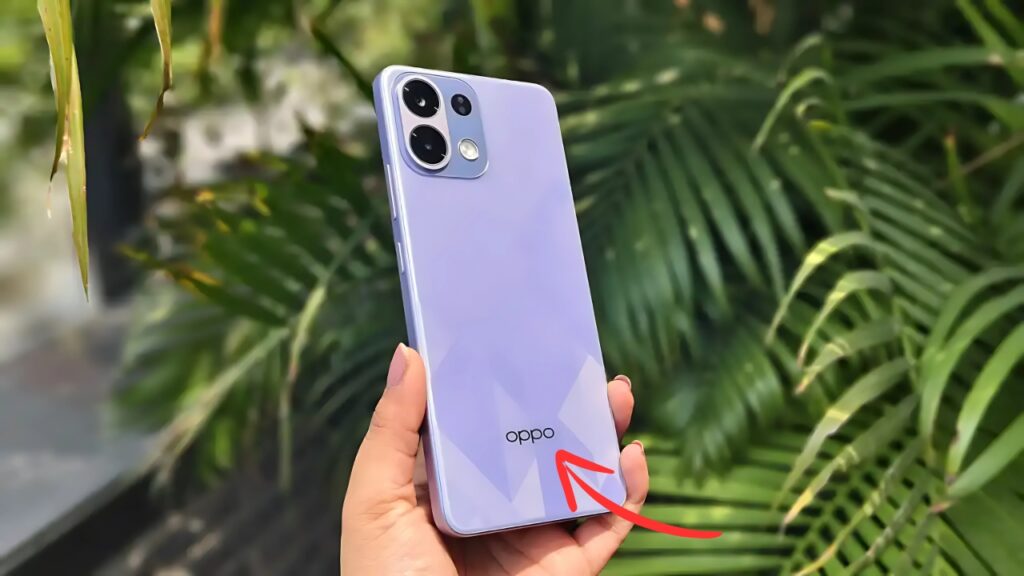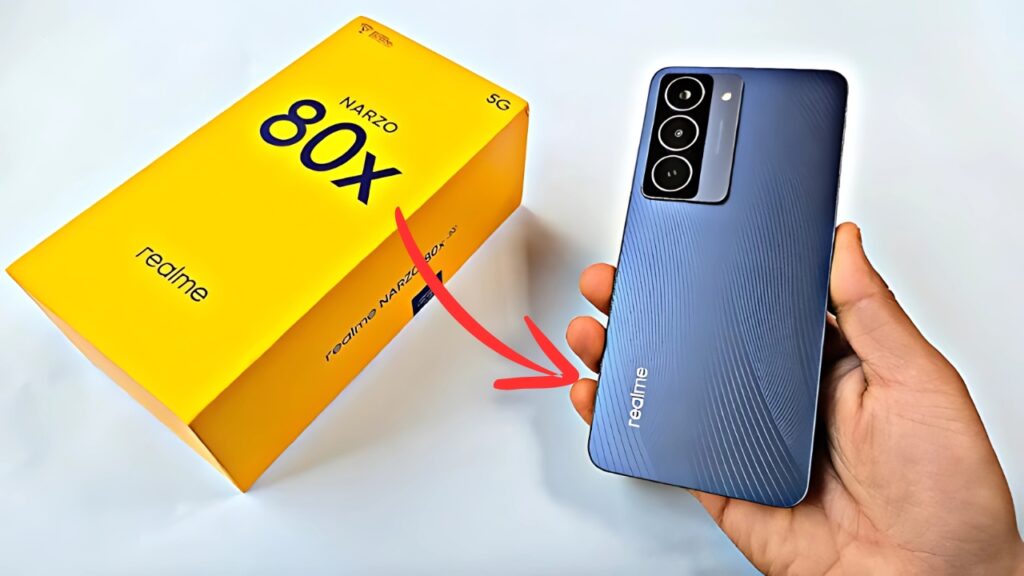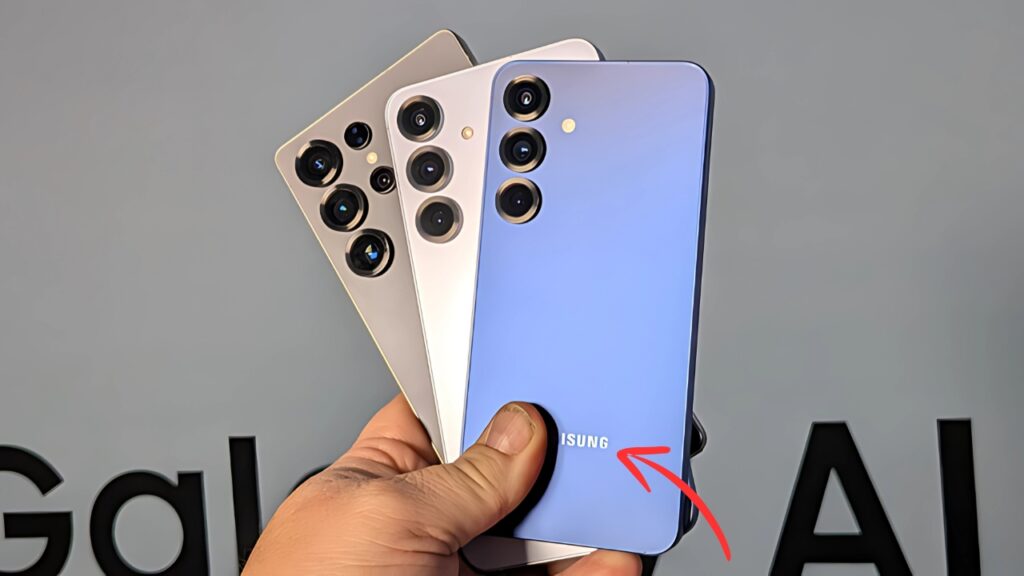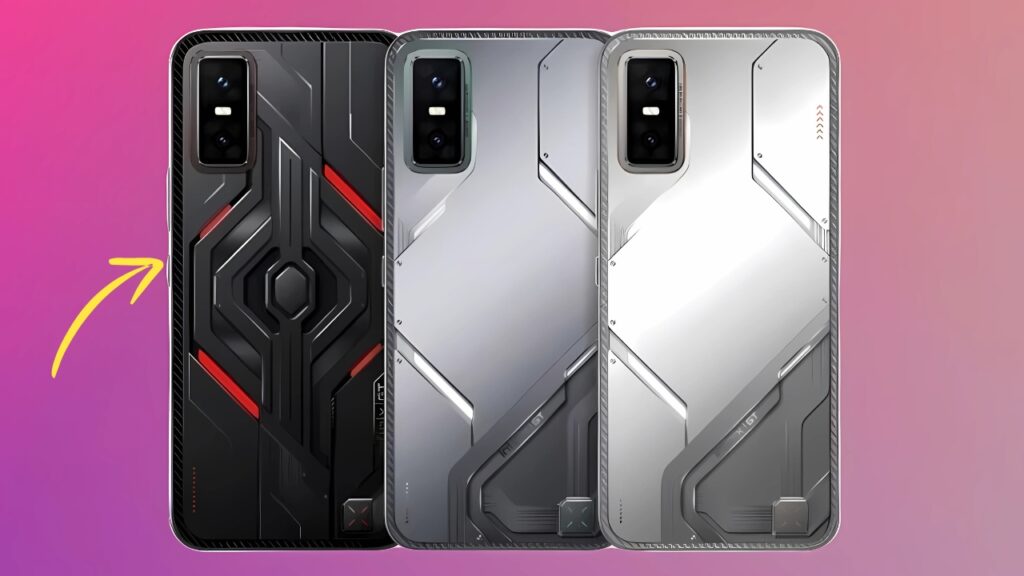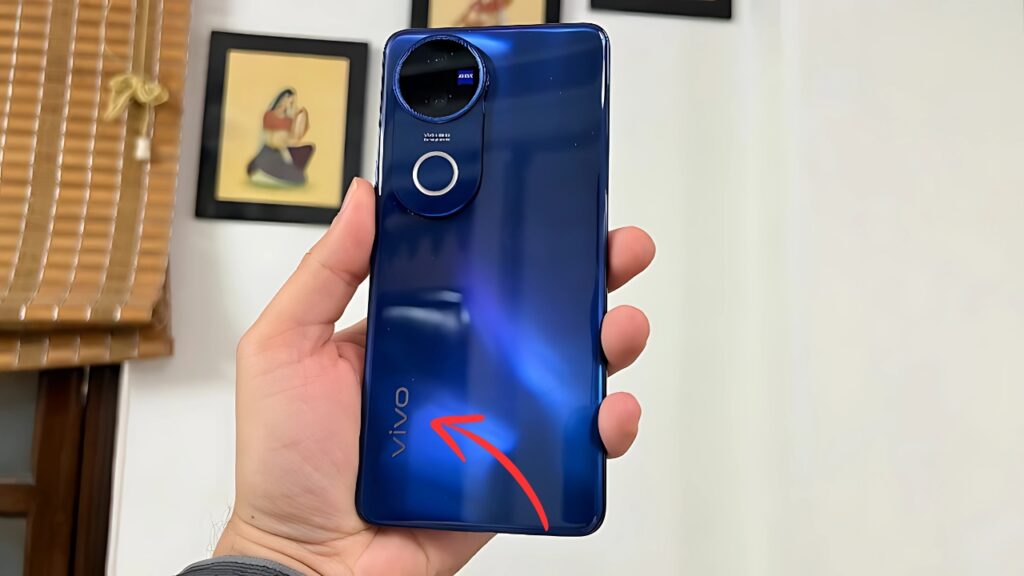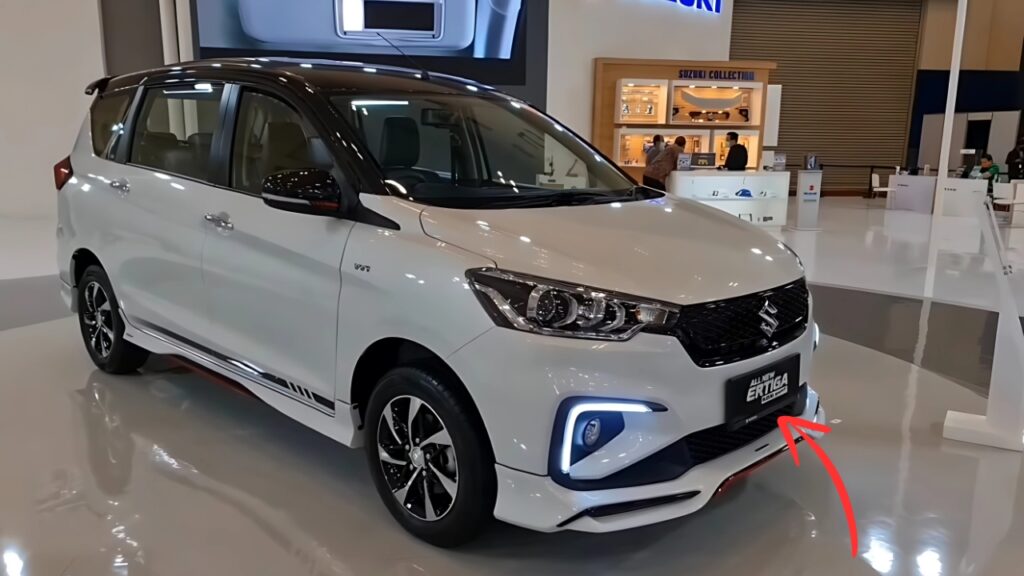Motorola Razr 60: In the constantly evolving landscape of smartphone design, few devices carry the cultural weight and nostalgic appeal of the Motorola Razr.
The original Razr, launched in 2004, became a design icon that defined an era of mobile phones with its ultra-thin profile and distinctive clamshell form factor.
The Motorola Razr 60 represents the latest chapter in this storied lineage, combining the nostalgic appeal of the flip phone design with cutting-edge technology to create a thoroughly modern device that stands apart in today’s smartphone market.
Evolution of a Cultural Icon
The journey from the original Razr to the Razr 60 reflects the dramatic transformation of mobile technology over two decades.
While the 2004 Razr was revolutionary for its time with its thin profile and metal construction, the Razr 60 reimagines the concept for an era dominated by large-screen smartphones and emerging foldable display technology.
The revival of the Razr brand began in 2019 with Motorola’s first foldable smartphone, which maintained the iconic clamshell form factor while introducing a flexible internal display.
Each subsequent iteration has refined this approach, addressing initial concerns about durability, functionality, and value proposition.
The Razr 60 represents the most mature expression of this concept, benefiting from several generations of engineering refinements and user feedback.
Design Philosophy: Nostalgic Futurism
The Razr 60 masterfully balances nostalgic elements with contemporary design sensibilities.
When closed, the device evokes the compact, pocketable nature of its predecessor, with a sleek exterior that stands in refreshing contrast to the increasingly large smartphones that dominate the market.
Upon opening, it reveals a fully-featured modern smartphone experience that makes no compromises on functionality.
The hinge mechanism represents a particular engineering achievement, allowing the device to open and close smoothly while supporting various positions for different use cases.
This “FlexView” capability enables the partially-opened phone to function as its own stand for video calls, time-lapse photography, or media consumption – functionality unique to this form factor.
Available in several premium finishes including Plasma Silver, Obsidian Black, and Blush Gold, the Razr 60 offers options that range from subtle sophistication to bold statement pieces.
The materials typically include a combination of glass, aluminum, and high-grade polymers that create a premium feel while maintaining practical durability.
With dimensions of approximately 73.9mm in width, 170.8mm in height when opened, and 7.2mm in thickness (excluding the hinge area), the Razr 60 achieves remarkable thinness that honors the legacy of the original Razr.
When closed, it reduces to approximately 88mm in height, creating a compact form that easily fits in pockets and small bags – a meaningful advantage over conventional smartphones in terms of portability.
Display Technology: Dual Screen Innovation
The Razr 60 features two distinct displays: a large internal folding screen and an external cover display that has evolved significantly from earlier models.
The internal display, typically a 6.9-inch pOLED panel with FHD+ resolution, delivers vibrant colors, deep blacks, and excellent contrast ratios. The 120Hz refresh rate ensures smooth scrolling and responsive interactions across applications.
What truly distinguishes the latest Razr is the enhanced functionality of its external display, which has grown from a small notification window in earlier models to a full-featured 3.6-inch OLED panel.
This external screen allows users to respond to messages, control music playback, take selfies with the main cameras, access widgets, and use select applications without opening the device.
This expanded functionality transforms the cover screen from a mere convenience feature to an integral part of the user experience that reduces the need to open the phone for many common tasks.
The flexible internal display incorporates several technological advancements to address durability concerns associated with foldable screens.
These typically include a multi-layer construction with ultra-thin glass, polymer layers, and an optimized screen protector that balances protection with touch sensitivity.
The crease at the fold – once a notable concern in early foldable devices – has been minimized through refined engineering, becoming barely perceptible during normal use.
Performance: No Compromises
Despite its unique form factor, the Razr 60 makes no compromises in performance capabilities.
Powered by a flagship-level processor – typically a Snapdragon 8 Gen 2 or equivalent – paired with 8GB or 12GB of RAM, the device delivers smooth performance across applications, multitasking scenarios, and gaming experiences.
Storage options generally include 256GB and 512GB variants, providing ample space for applications, media, and documents without requiring cloud offloading for most users.
The combination of processing power and generous memory creates a responsive experience that belies the device’s compact folded dimensions.
Thermal management presents unique challenges in foldable devices due to their thin profiles and complex internal structures.
The Razr 60 addresses this through sophisticated cooling solutions that distribute heat across both sections of the device, preventing uncomfortable hot spots while maintaining sustained performance during intensive tasks.
Camera System: Versatile Photography
The camera system of the Razr 60 exemplifies the advantages of the foldable form factor for photography.
The primary camera array typically features a 50-megapixel main sensor with optical image stabilization and a 13-megapixel ultra-wide lens.
Rather than requiring a separate front-facing camera of lesser quality, these main cameras can be used for selfies when the phone is closed, with the external display serving as a viewfinder.
This arrangement allows for significantly higher quality self-portraits and video calls compared to traditional smartphones, which typically feature lower-resolution front cameras.
The folding mechanism also enables creative photography modes like hands-free time-lapse capture and stable long-exposure shots without requiring a tripod.
The camera software incorporates Motorola’s latest computational photography capabilities, bringing features like enhanced night mode for low-light photography, portrait mode with adjustable background blur, and AI-enhanced automatic mode that optimizes settings based on scene recognition.
Battery Life and Charging
Battery performance has been a historical challenge for foldable devices due to space constraints, but the Razr 60 makes significant strides in this area.
The device typically incorporates a dual-battery design with cells in both halves of the phone, achieving a combined capacity of around 4200mAh.
While not matching the largest conventional smartphones, this capacity provides all-day endurance for most users, particularly when leveraging the external display for quick interactions.
Charging capabilities include 30W wired fast charging and 15W wireless charging, offering flexibility for different usage scenarios.
The device also supports reverse wireless charging, allowing it to function as a charging pad for compatible accessories like wireless earbuds or smartwatches.
Software Experience: Optimized for Foldables
The Razr 60 runs on Motorola’s implementation of Android, enhanced with features specifically designed for its unique form factor.
These adaptations include continuity between the external and internal displays, allowing applications to transition seamlessly when the device is opened or closed.
The external display supports a growing ecosystem of optimized applications and widgets, providing quick access to commonly used functions without requiring the device to be opened.
This thoughtful software adaptation transforms what could have been a gimmick into a genuinely useful feature that enhances the overall user experience.
Motorola Razr 60:
The Motorola Razr 60 represents a compelling vision for the evolution of smartphones beyond the conventional slab design that has dominated the market for over a decade.
By combining nostalgic appeal with practical innovation, Motorola has created a device that offers meaningful differentiation in terms of both form and function.
As the smartphone market matures and users increasingly seek devices that reflect their personal style and usage patterns, products like the Razr 60 demonstrate that alternative form factors can deliver genuine advantages rather than merely serving as novelties.
For users who value portability, distinctive design, and the ability to disconnect more easily by physically closing their phone, the modern Razr offers a compelling alternative to conventional flagship devices.
